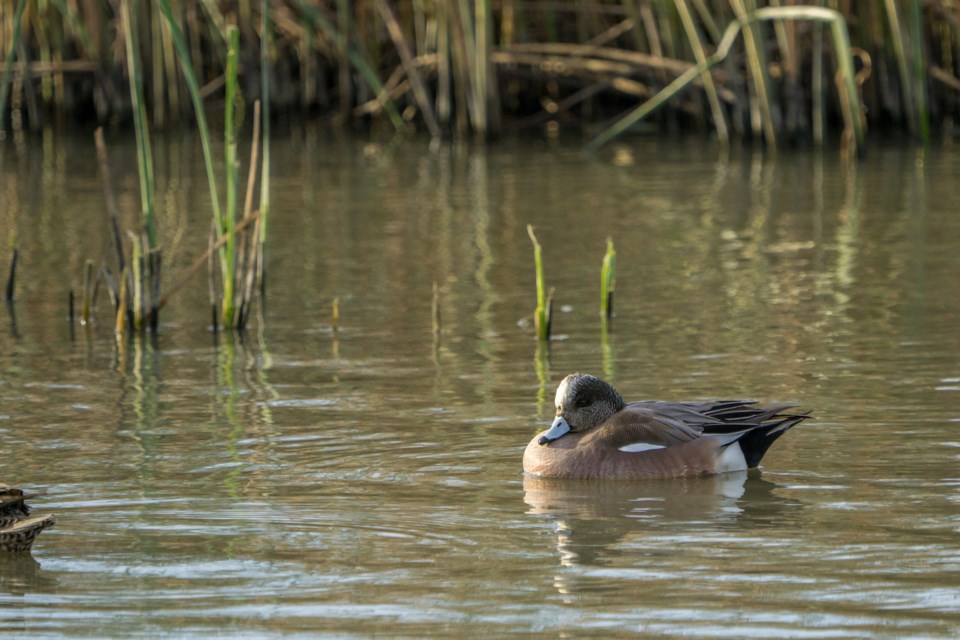The Nottawasaga Valley Conservation Authority (NVCA) is getting some help to restore habitat for two at-risk species in the Nottawasaga River watershed.
Water pollution and degradation of habitat have contributed the decline in population of lake sturgeon and northern brook lamprey in the river and tributaries.
Fisheries and Oceans Canada are providing $165,000 over three years to help the conservation authority restore the natural habitat.
“Our government is proud to work in partnership with NVCA to protect Canada's at-risk species and the habitats they call home,” said Bernadette Jordan, minister of fisheries, oceans, and the Canadian Coast Guard. “Through the Habitat Stewardship Program for Aquatic Species at Risk, we are working together to restore the sturgeon and northern brook lamprey populations in the Nottawasaga River watershed.
"Every act of conservation we take is critical to preserving Canada's natural environment for generations to come," she added.
The funding will also allow NVCA stewardship staff and partners such as Nottawasaga Futures, the South Simcoe Streams Committee and Nottawasaga Steelheaders to initiate a multi-year project to stabilize soil and reduce sediment and nutrient inputs to the Nottawasaga River.
“Spawning habitats for these species at risk are impacted by sol released from eroding river banks and surround land,” explained Fred Dobbs, manager of stewardship services at the NVCA. “Excess soil particles can clog up the pores in spawning gravel, eliminating the flow of water which provides oxygen and removes waste products from the fertilized eggs.
"Urban and agricultural areas also contribute phosphorus to the spawning grounds. Phosphorus promotes excess algae growth on the gravel which can reduce oxygen concentrations for incubating eggs," he added.
The work will include a flood-plain construction component where low flat shelves are excavated adjacent to the river and re-vegetated. These flood plains reduce erosion by allowing floodwaters to spread out and slow down.
The flood plains also reduce flooding for adjacent landowners as well as provide habitat for a range of amphibians and birds.
Rural landowners are key partners in the initiative.
Landowners are encouraged to contact the NVCA if they are interested in participating in the river restoration program.
Brian Lockhart, Local Journalism Initiative, New Tecumseth Times. The LJI is a federally funded program.



